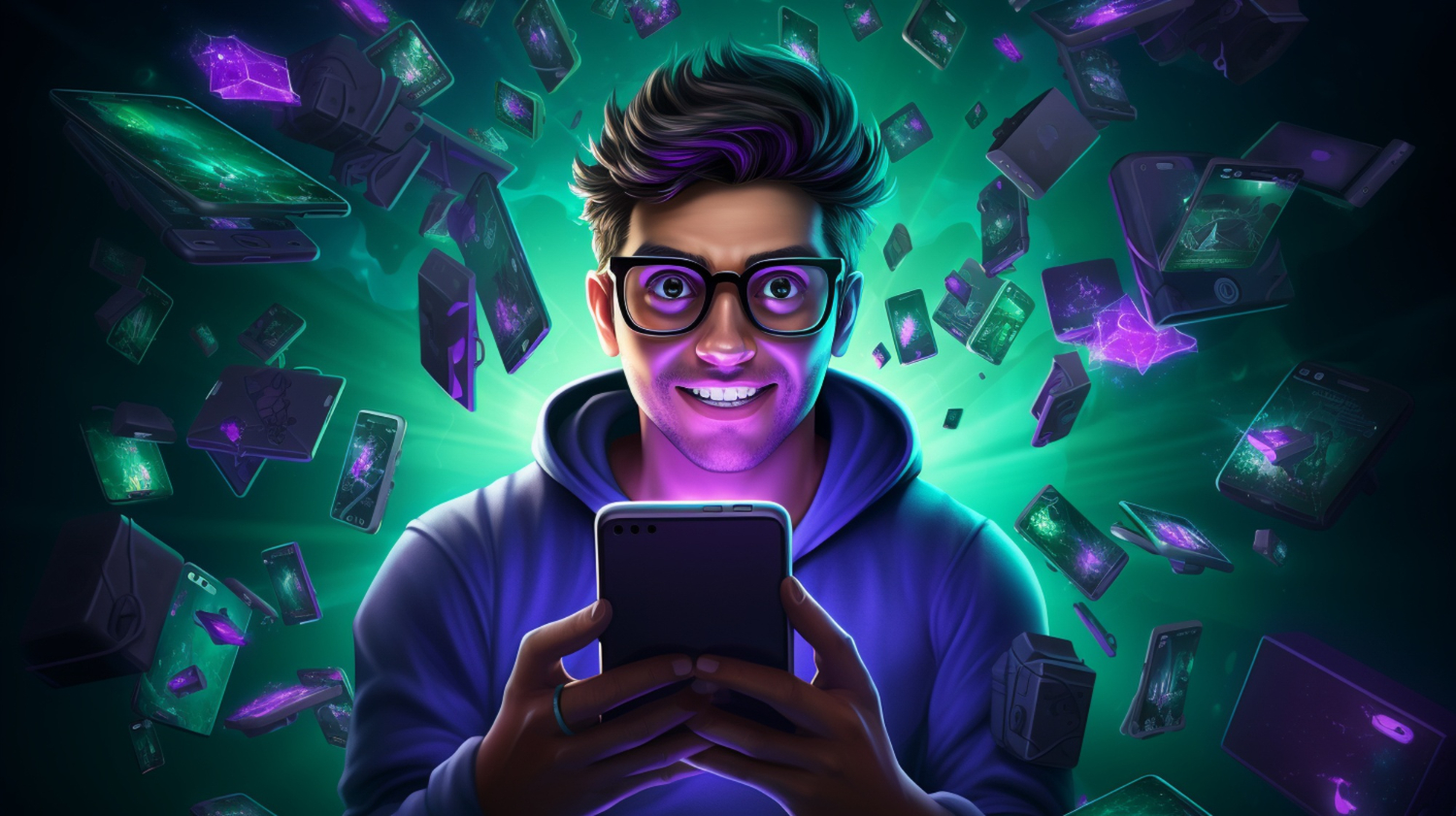The next generation of smartphones is shaping up to be a game-changer for tech students and professionals. On-device AI can analyze code, suggest improvements, and even generate basic snippets, making it a pocket-sized tutor. Augmented reality and virtual reality are becoming more accessible, allowing students to dissect virtual models or visualize complex engineering concepts right on their phones.
Powerful processors and improved development tools are making it possible to code and develop apps directly on smartphones, allowing students to learn and experiment on the go. Advanced cameras with high resolution and special features open up a world of possibilities for students in various fields, allowing them to capture high-quality visuals for further analysis.
Finally, universal wireless charging eliminates the need for cables, keeping students powered up and productive.
What specific tools and applications are beneficial for tech users?

The app ecosystem for next-generation smartphones offers a wealth of specialized tools and applications tailored for tech students and professionals.
Coding platforms, design software, project management apps, and educational resources support a wide range of learning and development needs. Many of these applications provide offline capabilities, enabling users to continue their work or study without an internet connection.
Here are some essential tools to consider:
- IDEs (Integrated Development Environments): These are all-in-one environments that include a code editor, debugger, compiler, and other tools. Popular examples include Visual Studio by Microsoft, Xcode by Apple, and IntelliJ IDEA by JetBrains.
- Version Control Systems (VCS): These tools help you track changes to your code over time and collaborate with other developers. Popular VCS options include Git, Mercurial, and SVN.
- Code Editors: These are specialized text editors that provide features specifically for writing code, such as syntax highlighting, code completion, and bracket matching. Popular examples include Visual Studio Code, Sublime Text, and Atom.
- Project Management Tools: These tools help you plan, track, and manage your projects. Popular options include Asana, Trello, and Jira.
- Communication Tools: These tools help you communicate with your team members and clients. Popular options include Slack, Microsoft Teams, and Zoom.
- Note-Taking Apps: These apps help you take notes, organize your thoughts, and collaborate. Popular options include Evernote, OneNote, and Notion.
Are there limitations to using smartphones for professional tech work compared to traditional computers?
Yes, while next-generation smartphones are powerful, they still have limitations compared to traditional computers for professional tech work. These limitations include:
- Screen Size: Complex tasks and intricate code can be difficult to navigate on a smaller screen.
- Processing Power: Smartphones might not handle extremely demanding tasks like compiling large software projects as efficiently as desktops.
- Multitasking: Juggling multiple applications and windows simultaneously can be cumbersome.
- Battery Life: Intensive use can drain a smartphone battery quickly.
How do enhanced processing capabilities in smartphones benefit tech students and professionals?
Powerful processors in next-gen smartphones are a boon for tech students and professionals. They can now code, compile, and test apps directly on their phones, streamlining development workflows. These processors also enable advanced mobile app development tools, allowing the creation of sophisticated apps without needing a computer.
Additionally, the processing power fuels AI features that analyze code, suggest improvements, and even generate basic snippets. This acts as a virtual coding assistant and accelerates learning. Finally, these processors enhance AR/VR experiences. They deliver smoother and more realistic simulations to better understand complex concepts.
How can students and professionals leverage these next-generation smartphones to enhance their soft skills in the tech industry?

Smartphones can be instrumental in developing soft skills crucial in the tech industry. Here’s how:
- Communication and Collaboration: Utilize project management and communication apps to collaborate effectively with teams and clients, even remotely.
- Problem-solving and Critical Thinking: Many educational apps and online resources can be accessed on smartphones, fostering critical thinking and problem-solving skills.
- Adaptability and Continuous Learning: The vast app ecosystem allows continuous learning by downloading industry-specific tools and staying updated with the latest trends.
- Time Management: Utilize scheduling and organization apps to manage time effectively and meet deadlines.
Conclusion
Next-generation smartphones are uniquely positioned to address the needs of tech students and professionals through improved processing power, advanced security features, enhanced connectivity, and an expanding array of specialized applications.
These aspects not only facilitate a more efficient and productive learning and work environment but also ensure that users can stay ahead in a fast-paced, technology-driven world.
For a deeper insight into the latest smartphone innovations, consider reading “New Smartphone Innovations: Leading Trends for 2024” from our blog.
- Remote Hiring in 2025 - April 5, 2025
- Burnout in Remote Teams: How It’s Draining Your Profits - January 27, 2025
- Signs You’re Understaffed - January 20, 2025
